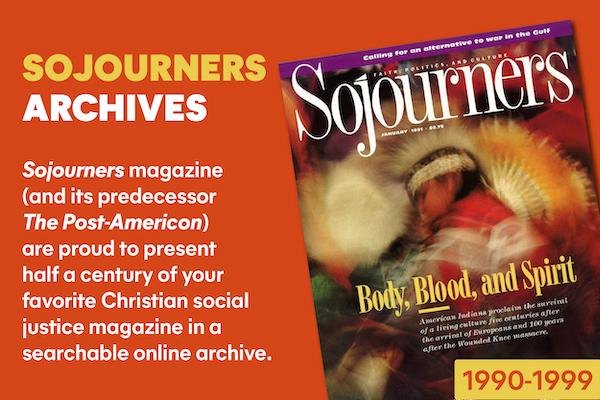The Black Church and the African American Experience, by C. Eric Lincoln and Lawrence H. Mamiya, is an essential contribution to the literature on black churches, filling a void left by studies decades old. This book brims over with relevant analysis on black church clergy and life, making this the definitive source for years to come. Lincoln and Mamiya successfully shoulder the mammoth task of black church social description.
Born in slavery, weathering urbanization, and experiencing substantial class differentiation within its ranks, the black church is still the largest, most important institution within the African-American community. Providing a comprehensive picture of the black church is not easy, not so much because of the enormity of such a research task, but because of the unwieldiness of the subject.
First, black churches are legendary for their poor record keeping. Internal surveys on such topics as denominational membership, clergy education and occupational status, and finances often do not exist.
Second, despite their historical and cultural relevance, black churches are rarely the beneficiaries of scholarship and investigation. The last comprehensive survey of black churches was the Mays and Nicholson study completed nearly 60 years ago. Recent scholarship on black churches is greatly hindered by the absence of reliable statistical data. Lincoln and Mamiya's study will assist in establishing a large base of survey data, especially regarding the seven major black denominations: African Methodist Episcopal; African Methodist Episcopal Zion; Christian Methodist Episcopal; National Baptist Convention, U.S.A. Incorporated; National Baptist Convention of America, Unincorporated; Progressive National Baptist Convention; and Church of God in Christ.
Read the Full Article

